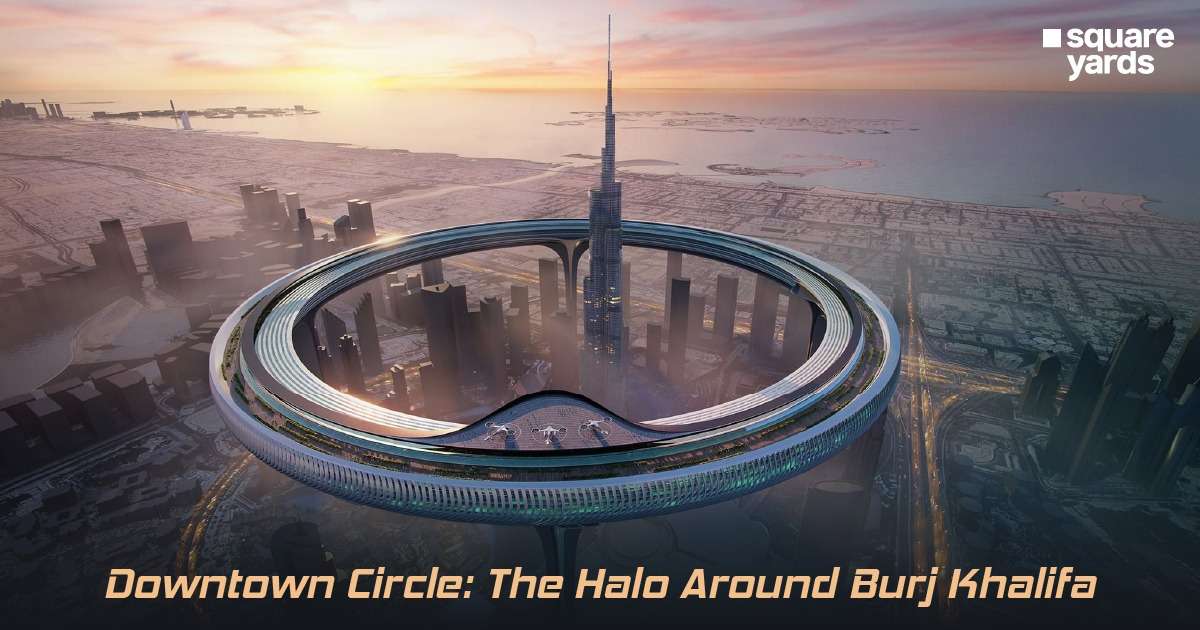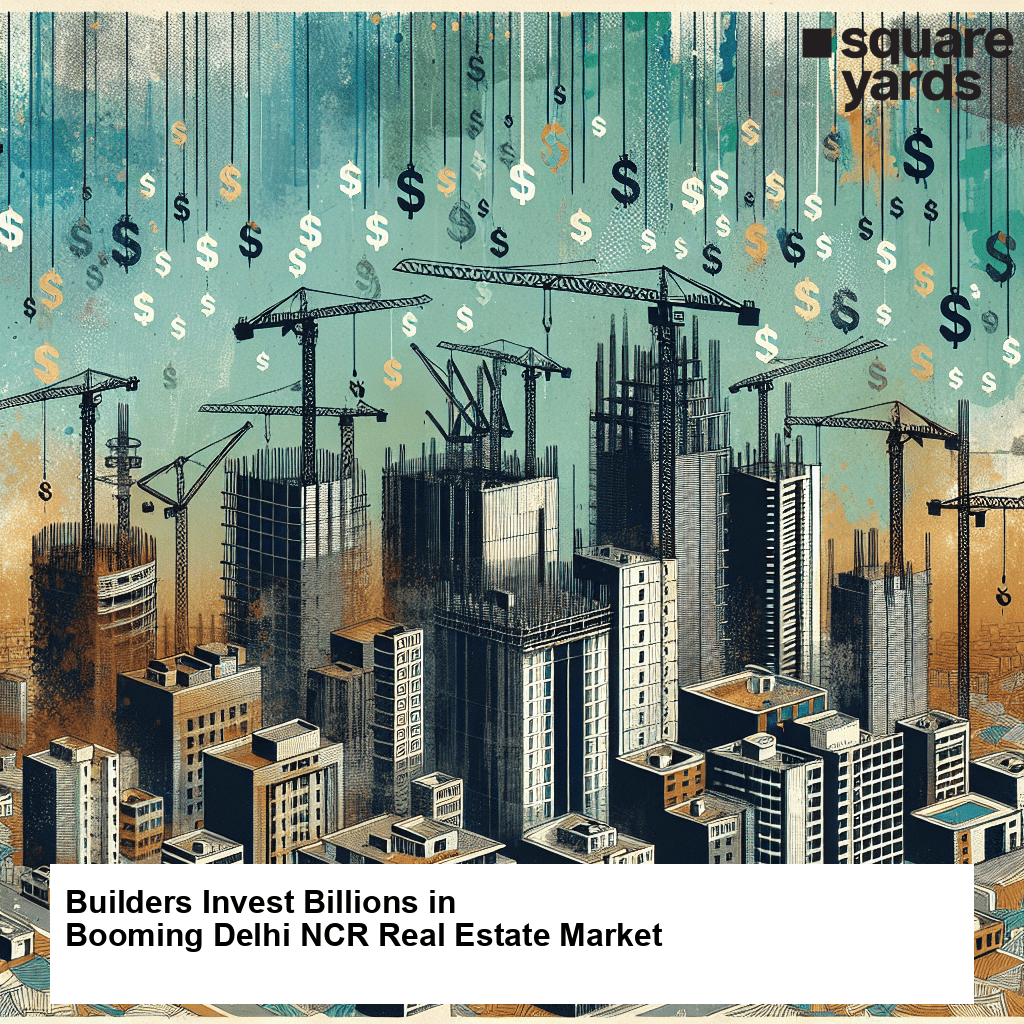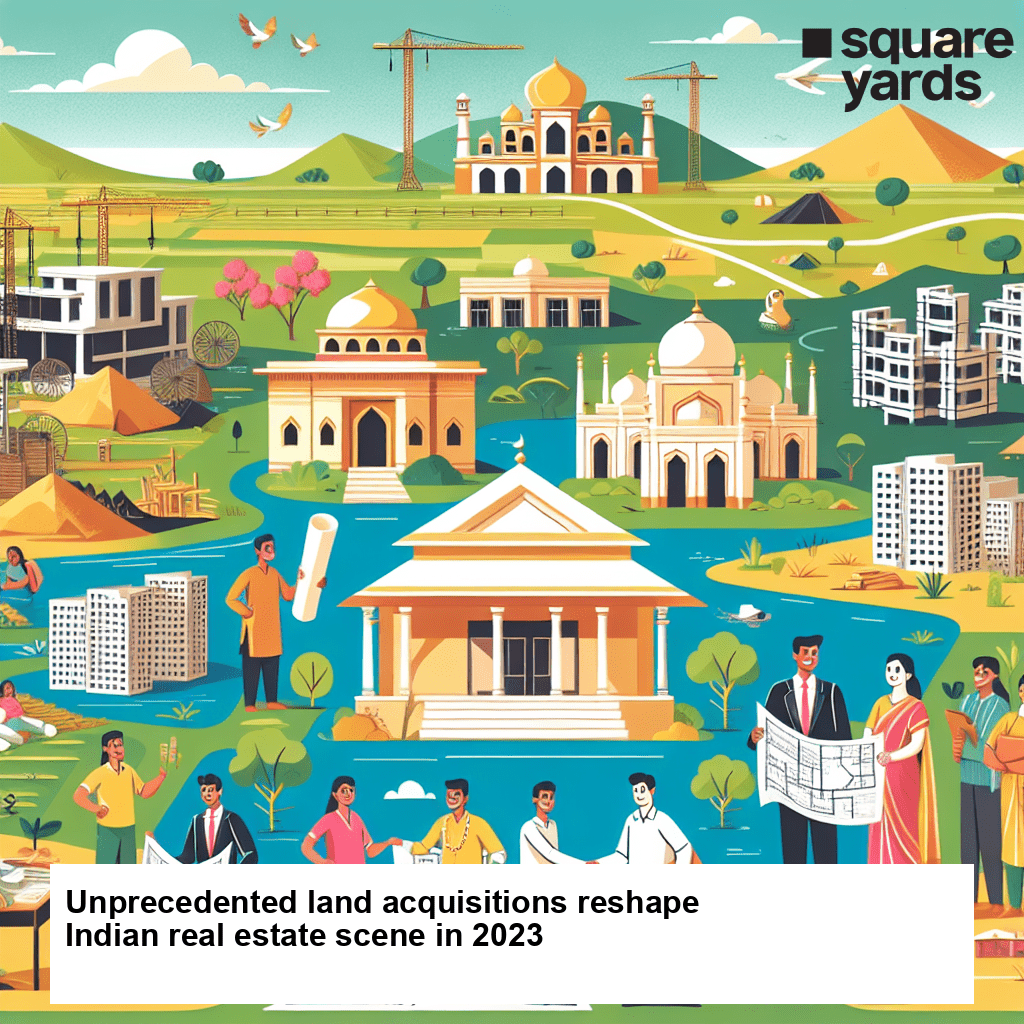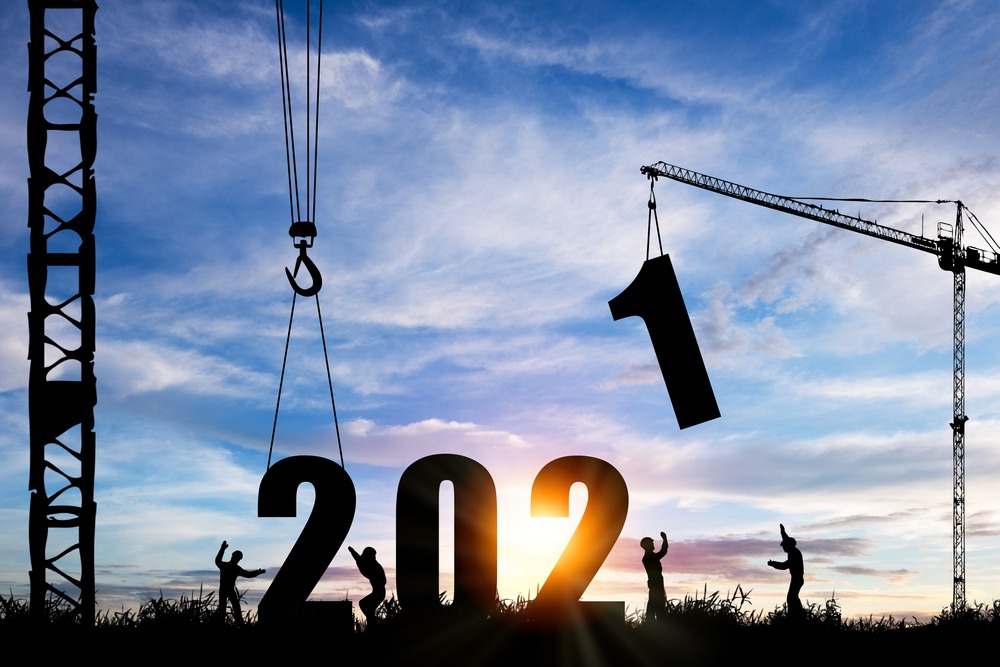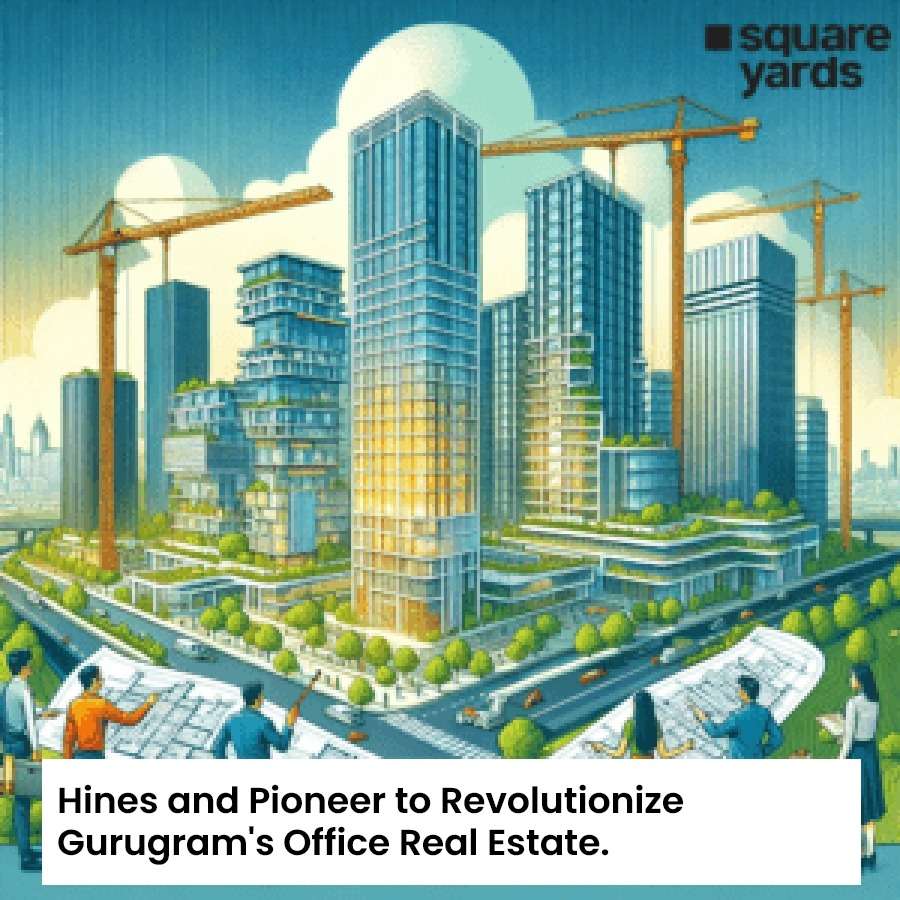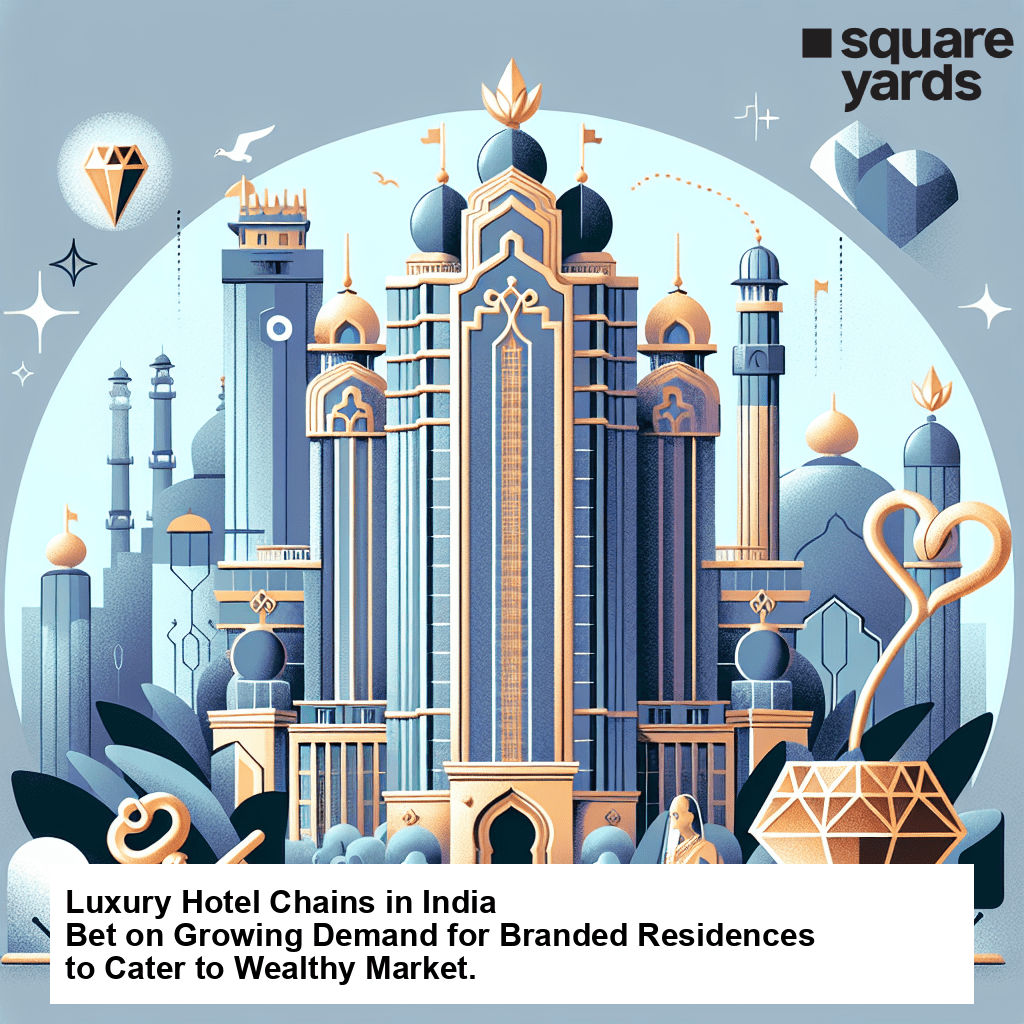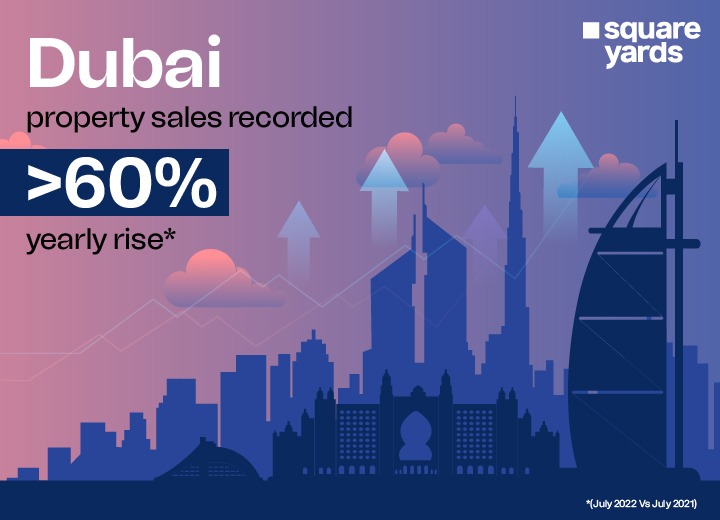Think about futuristic structures with impeccable details. What came to your mind? As long as you’re thinking of Dubai, we’re on the same page! With museums straight out of a sci-fi movie set, driverless taxis on the horizon, and the Robocop-equipped Dubai police, the city is definitely in the fast lane when it comes to cutting-edge vibes.
What if we told you that the world’s tallest building might be surrounded by another structure?
The ever-evolving city of Dubai could be enhancing its Downtown area. The Dubai-based architectural firm Znera Space has planned a vision of ‘Downtown Circle,’ a giant ring structure that hovers around the Burj Khalifa.
Table of contents
Halo Around the Burj Khalifa
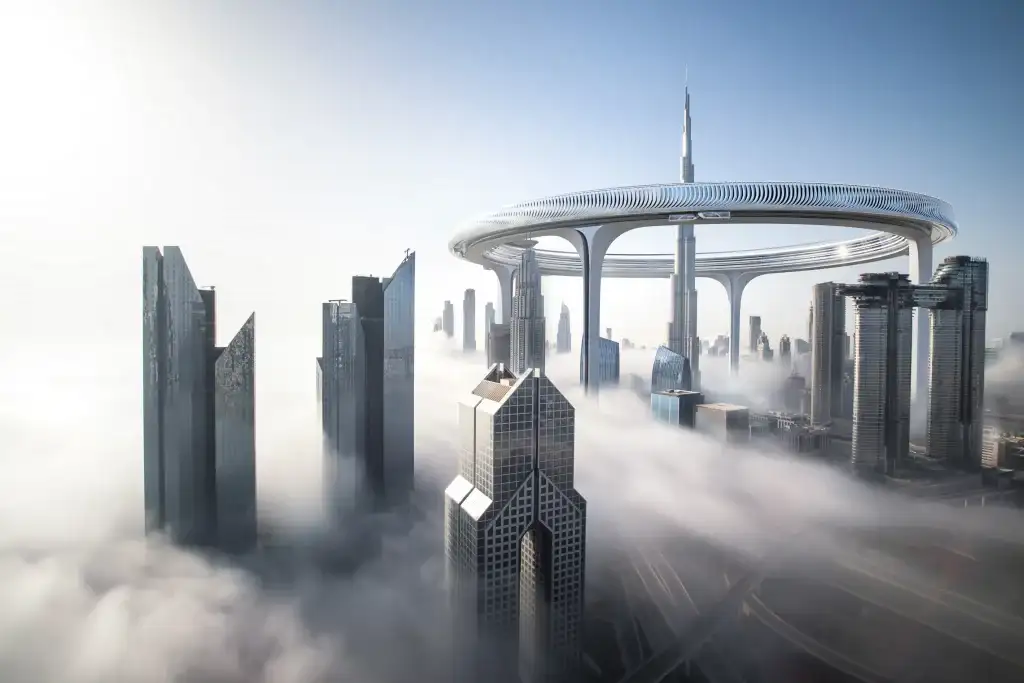
This ring around the Burj Khalifa will be structured like a halo. If you’re a gamer, you can already hear the Halo theme song playing in the background.
With its show lights, the Downtown Circle will eventually have a significant impact on Dubai’s skyline. The Downtown Circle was designed by Najmus Chowdhary and Nils Remess—Architectural Directors of Znera Space UAE.
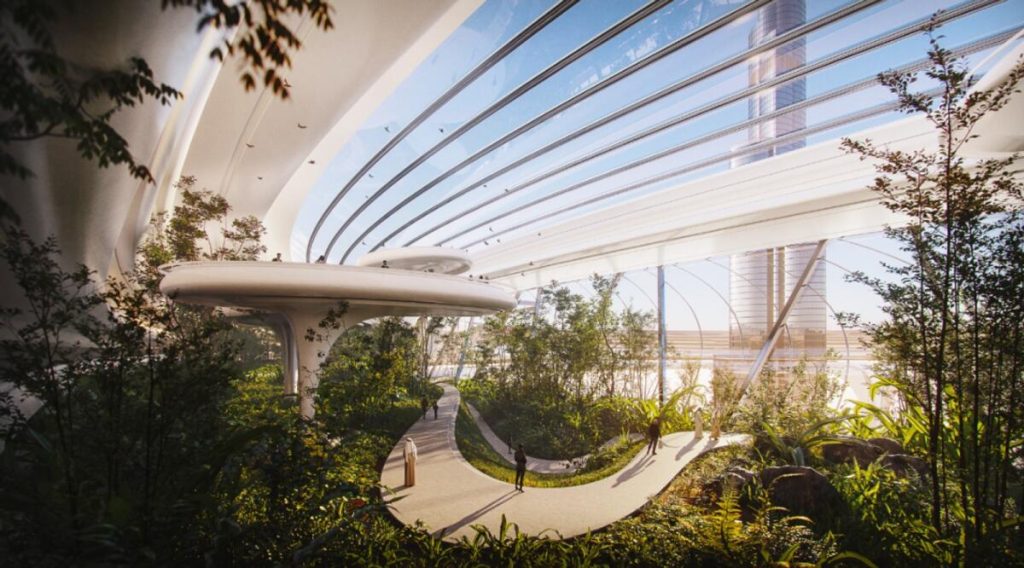
Further divisions of the structure will incorporate private, commercial, and public areas, which will be self-sufficient and self-sustainable. It will be supported by five, 550 meters long upright columns or beams. The span of the circle consists of two main rings held together by a continuous green belt called the Skypark.
If this structure comes to life, it will stretch for 3 kilometres. The co-founders instituted this massive design amidst the pandemic, challenging the idea of how we live in metropolia, especially around skyscrapers.
“When covid struck hard, we deemed a lot about sustainability and how we can change things by inventing a reasonably planned urban setting. We glanced at aspects such as garbage removal, food production, traffic issues, and mainly pollution, and then came up with the Downtown Circle,” stated Remess to The National.
The pandemic lockdown came to be a driving force for the two co-founders.
Oasis of the Downtown Circle
Diverse natural scenarios and climates will be recreated inside the endless Skypark, forecasting a life journey for the visitors and residents. They can experience the canyons, sandy dunes, and plants of various flora. Swamps, waterfalls, tropical vegetation, or the digital caves, cascades, fruiting trees, and flowers of various hues and species together enrich the green ecosystem of Skypark Znera.
Skypark would incorporate zones designated for rainwater harvesting, solar power, stowing carbon and filtering pollutants as a part of the metropolitan ecosystem.
As the lung of the circle, Skypark strives to restock the air with oxygen and intends to integrate a series of activities and research centers. The park will also consist of offices, culture, science, and education zones, forming a new type of contemporary insignia for the city, aiming to connect people with nature through a green landmark.
Travel Around the Circle
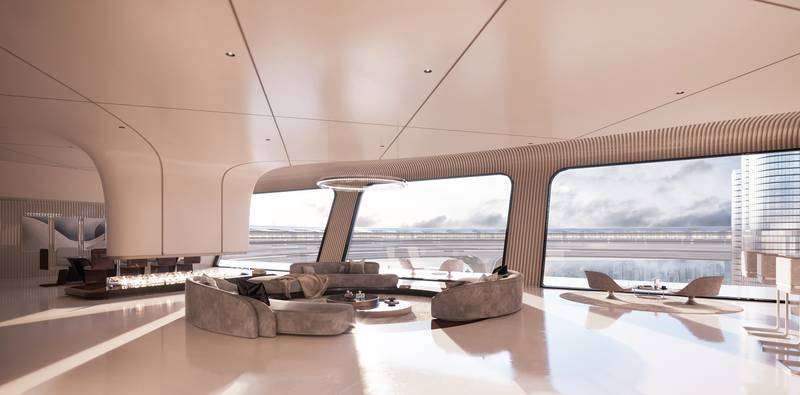
A view of a tram on the external perimeter ring is also enclosed in the concept and sketches. Twenty capacious pods travelling up to 100 kilometres per hour would ferry passengers around the structure, providing them with a 360-degree view of the cityscape. Delivery services will be taken up by a special pad for drones.
The Middle East is no stranger to imaginative depictions. After getting to know about Neom—the Line City, a 170 km long residential complex with no cars, roads, or carbon emissions in Saudi Arabia, Dubai is definitely up for becoming the most interesting city in the world.
Also read: https://www.squareyards.com/blog/utopian-world-of-saudi-arabia-neom
When asked if the structure is adaptive by skipping over what the project will cost, Najmus Chowdhary stated, “it would take time, a lot of manpower, a lot of resources, and an assignment like this one calls for a lot of construction time and intelligent engineering.”
About ZN|Era
Dubai architectural firm ZN|Era is committed to creating premium places for people to enjoy. The firm’s stockpile ranges from immaculate cultural structures and innovative residential and office buildings to museums, exhibits, furniture, and even product design. You name it, they do it!
The architects at the firm majorly focus on installations that support socio-economic development and are sustainable to save the environment with their experimental architectural designs. They believe that there is no consistent materiality or spatiality and that different materials and different levels of expression are collaborating.
Znera Space posted on Instagram: “As a response to the dilemma of how to build densely while retaining livability, the downtown circle project establishes a sustainable and a self sufficient vertical urbanism.” As a singular mega building complex, it aims to create a hyper efficient urban centre that gives back to the environment. The proposed 550-meter-long mega structure offers an alternative to the singular and unconnected high-rises found in most urban areas.”
A design shared on social platforms by Znera Space is not only a creation of a sustainable future but a design of our future.
Frequently Asked Question
Where is the 550-meter giant ring going to be located in Dubai?
The 550-meter ring around the Burj Khalifa will be located in Downtown Dubai when constructed.
Does the Downtown Circle have living space?
Yes, the Downtown Circle has been designed with living and leisure spaces inside of the massive 3000-meter structure. It incorporates a Skypark that will consist of huge vegetation.
Who are the designers of the Downtown Circle?
The 500 meter giant ring in Dubai was designed by co-founders and architectural directors of Znera Space, Najmus Chowdhary and Nils Remess.


